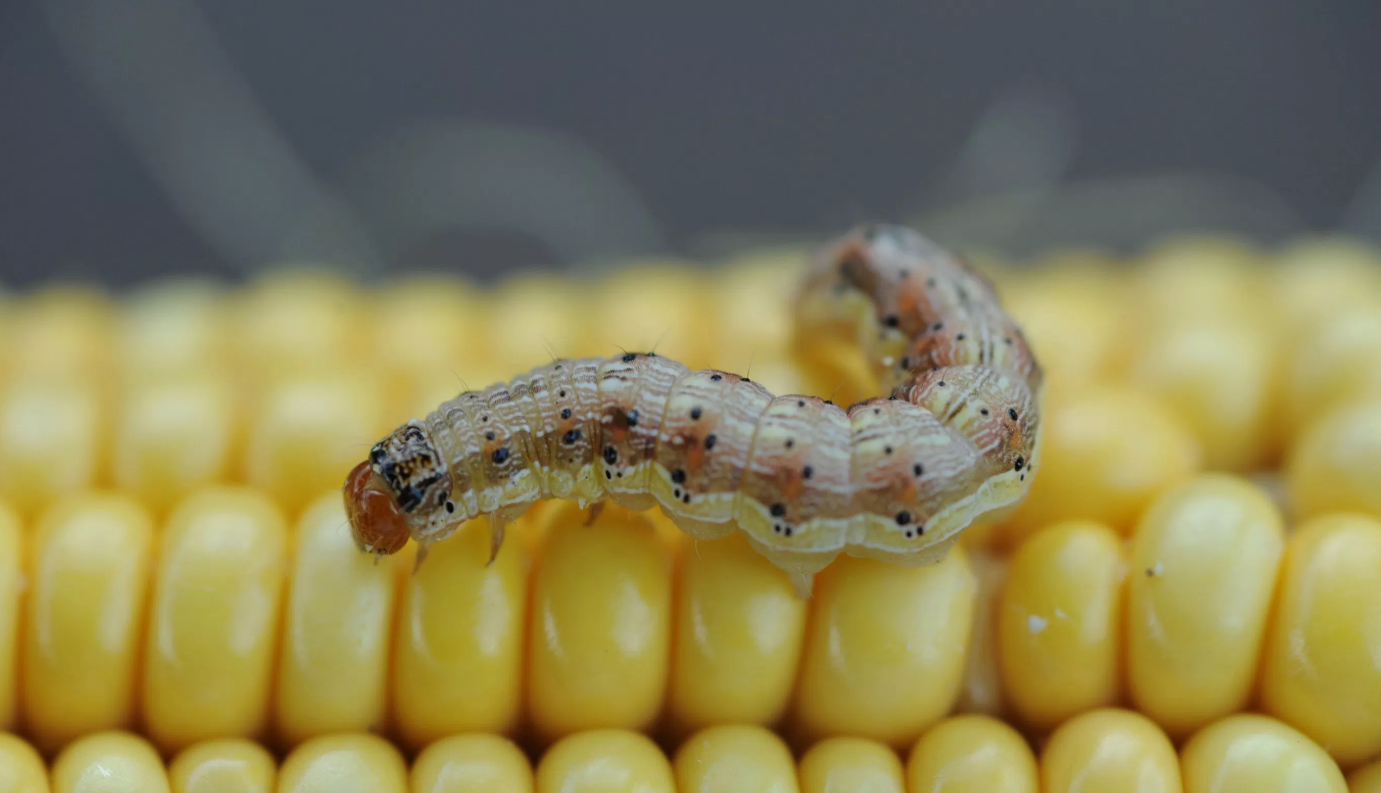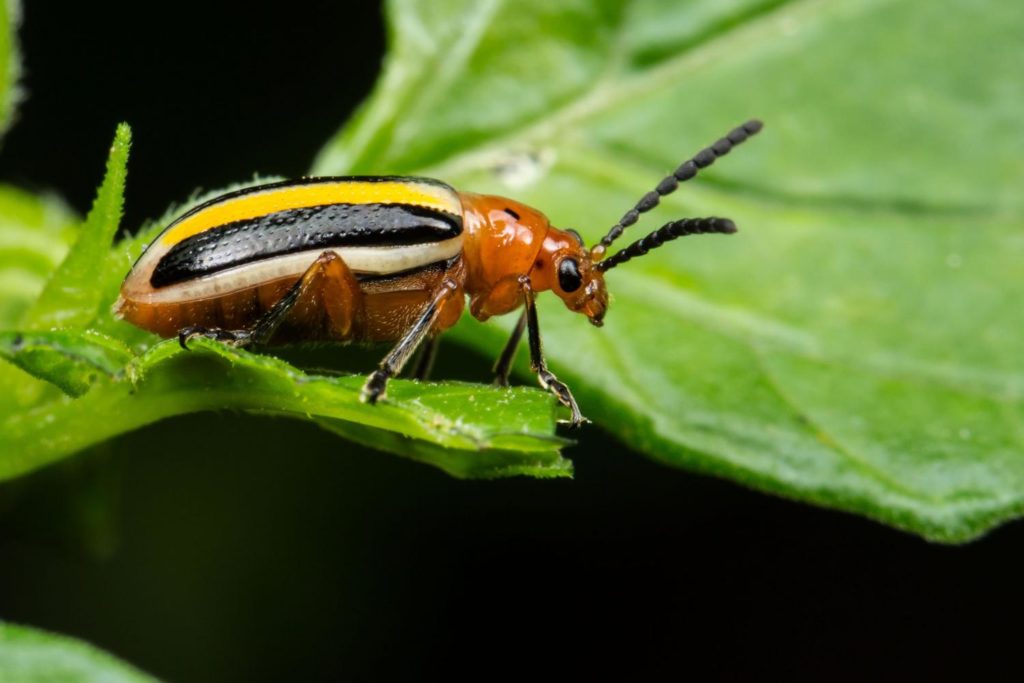Warmer Climate Helps Pests Eat More Crops: Millions of Tons of Cereals In Danger

A study recently published in the journal Science found that pests will eat more 10-25% cereals across the globe for each degree rise in temperature. The paper was conducted on a global scale by US researchers from different universities.
The population of insects starts increasing because of the warmth, and it also makes them use more energy and consume more food. The authors suggest this trend will undoubtedly hurt the leading cereal crops worldwide.
The co-author of the study, Curtis Deutsch (University of Washington), explains what could happen if temperatures keep rising:
“Insect pests currently consume the equivalent of one out of every 12 loaves of bread (before they ever get made). By the end of this century, if climate change continues unabated, insects will be eating more than two loaves of every 12 that could have been made.”
Piecing Together Vital Information
Prof. Deutsch and Prof. Tewksbury from the University of Colorado Boulder, US have studied along with their colleagues three grain crops which feed billions of people.
They used the worldwide data and made a mathematical prediction linking the insects’ response to the growing temperature and the damage done to the crops.
The team put the data from labs from 38 species of insects and looked at how much energy they sue and respond to growing temperatures and how it affects crop losses in the future.
Climate change already affects crops by 5% with each one degree increase in temperature, and thus the loss could be higher than 50% when adding insect damage, said Prof. Tewksbury.
The regions most affected will be Europe’s bread basket and US’s corn belts, added Prof. Tewksbury:
“In many European countries we’re predicting 50-100 % increases in the impact of pests on crops.”
Tropics will have a better fate as the optimal working temperature for the insects gets too high and starts limiting their population, decreasing the amount of damaged crops due to pests.
By 2100, climate models suggest that the surface temperature could rise by 2-5 degrees, but according to Prof. Deutsch, “by the time we get to a 2-degree warming by mid-century we would be able to detect the kind of change in insect pest damage that we’re anticipating”.
The mathematical model did not include other threats like plant pathogens, rainfall patterns and the increase in carbon dioxide levels.
Finding Solutions to The Future Crops Crisis
Prof. Tewksbury explains that their general model shows what happens if we do not adapt:
“We are going to adapt, but this is the model if we don’t.”
Use of pesticides is common in Europe, but pests can become resistant to them in warmer climates. A Professor of Ecology at University of Southampton, UK said that:
“It may well mean that we need to shift to using more biological means of controlling pests,” like ladybirds or other insects that eat the pests.
Co-author Scott Merrill (University of Vermont) concludes that, when dealing with pests, we will need “an integrated strategy using a lot of different tactics,” and not focus on a single solution.

0 comments